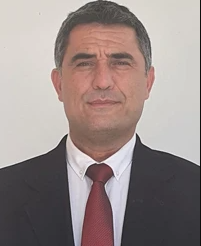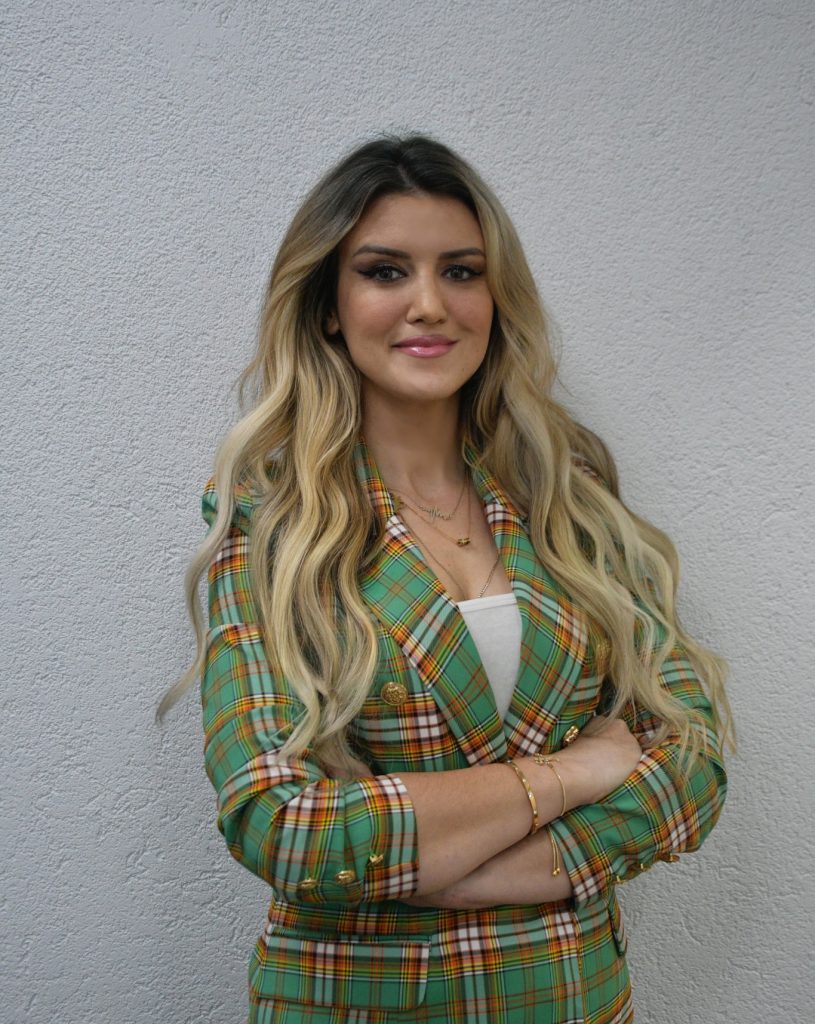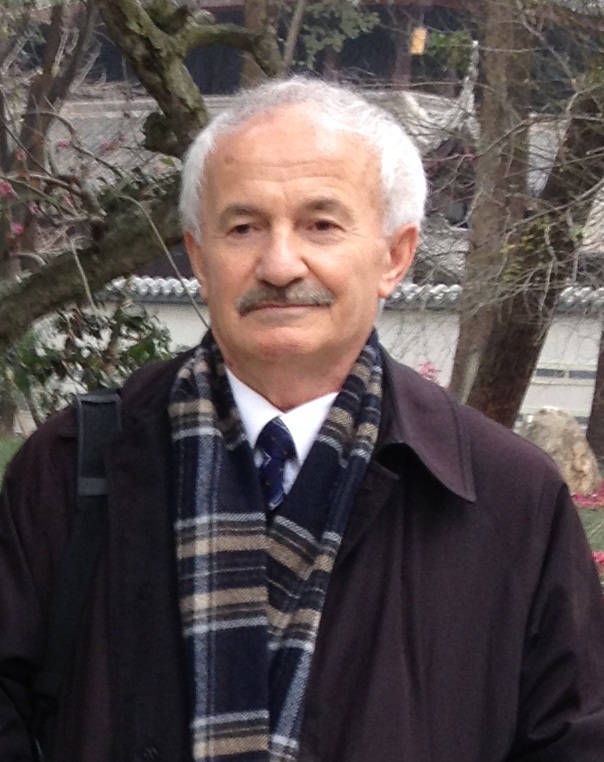Keynote Speakers
Prof. Dr. Osman Adıgüzel
Firat University, Elazig, Turkey
Keynote Title: “Thermomechanical Processes and Transformations for Reversibility in Shape Memory Alloys”
Abstract: Shape memory alloys take place in a class of intelligent materials by giving stimulus response to changes in the external conditions. These alloys are adaptive structural materials and exhibit a peculiar property called shape memory effect, with the recoverability of two shapes at different conditions. These alloys are functional materials with these properties and used as shape memory elements in many fields, from biomedical to the building industry, against to the seismic events, and earthquake. This phenomenon is initiated thermomechanical processes on cooling and deformation and performed thermally on heating and cooling, with which shape of the material cycles between original and deformed shapes in reversible way. Therefore, this behavior can be called thermal memory or thermoelasticity. Deformation in low temperature condition is plastic deformation, with which strain energy is stored in the materials and releases on heating by recovering the original shape. Thermoelasticity is governed by the thermomechanical and thermoresponsive transformations, thermal and stress induced martensitic transformations. Thermal induced martensitic transformations occur on cooling with cooperative movement of atoms in <110 > -type directions on a {110} – type plane of austenite matrix, by means of lattice invariant shear, along with lattice twinning and ordered parent phase structures turn into the twinned martensite structures. The twinned structures turn into detwinned martensite structures by means of stress induced martensitic transformations with deformation.
These alloys exhibit another property, called superelasticity, which is performed by mechanically stressing and releasing at a constant temperature in the parent phase region, and material recovers the original shape upon releasing, by exhibiting elastic material behavior. Superelasticity is performed in non-linear way, unlike normal elastic materials behavior, stressing and releasing paths are different, and cycling loop refers to the energy dissipation.
Superelasticity is also result of stress induced martensitic transformation, and the ordered parent phase structures turn into the detwinned martensite structures by stressing. However, lattice twinning and detwinning reactions play major role in martensitic transformations.
Copper based alloys exhibit this property in metastable beta-phase region. Lattice twinning and lattice invariant shear is not uniform in these alloys and cause the formation of complex layered structures. The layered structures can be described by different unit cells as 3R, 9R or 18R depending on the stacking sequences on the close-packed planes of the ordered lattice. The unit cell and periodicity are completed through 18 layers in direction z, in case of 18R martensite, and unit cells are not periodic in short range in direction z.
In the present contribution, x-ray and electron diffraction studies were carried out on copper based CuAlMn and CuZnAl alloys. X-ray diffraction profiles and electron diffraction patterns exhibit super lattice reflections. X-ray diffractograms taken in a long-time interval show that diffraction angles and intensities of diffraction peaks change with the aging duration at room temperature. This result refers to the rearrangement of atoms in diffusive manner.
Biodata: Prof. Dr. Osman Adiguzel graduated from Department of Physics, Ankara University, Turkey in 1974 and received PhD- degree from Dicle University, Diyarbakir-Turkey. He studied at Surrey University, Guildford, UK, as a post doctoral research scientist in 1986-1987, and his studies focused on shape memory alloys. He worked as research assistant, 1975-80, at Dicle University and shifted to Firat University in 1980. He became professor in 1996, and he has been retired due to the age limit of 67, following academic life of 45 years.
He published over 80 papers in international and national journals; He joined over 120 conferences and symposia in international and national level as Plenary Speaker, Keynote Speaker, Invited speaker, speaker or Poster presenter. He served the program chair or conference chair/co-chair in some of these activities. In particular, he joined in last six years (2014 – 2019) over 60 conferences as Speaker, Keynote Speaker and Conference Co-Chair organized by different companies in different countries.
Additionally, he retired at the end of November 2019, and contributed with Keynote/Plenary Speeches over 180 Virtual/Webinar Conferences, in the coronavirus outbreak in four year of his retirement, 2020 and 2023.
Prof. Dr. Adiguzel served his directorate of Graduate School of Natural and Applied Sciences, Firat University in 1999-2004. He supervised 5 PhD- theses and 3 M. Sc theses. He is also technical committee member of many conferences. He received a certificate which is being awarded to him and his experimental group in recognition of significant contribution of 2 patterns to the Powder Diffraction File – Release 2000. The ICDD (International Centre for Diffraction Data) also appreciates cooperation of his group and interest in Powder Diffraction File.
Scientific fields of Dr. Adiguzel: Shape memory effect and displacive phase transformations in shape memory alloys and other alloys, molecular dynamics simulations, alloy modeling, electron microscopy, electron diffraction, x-ray diffraction and crystallography.

Prof. Dr. Murat Tezer
Near East University, Cyprus
Keynote Title: “Mathematical Models and Modeling: Learning Teaching in Elementary Schools”
Abstract: Throughout the literature on mathematical modeling and models, experts have produced various definitions for the concept “model.” English, Fox, and Watters (2005) viewed models as conceptual systems used to construct, interpret, explain, and mathematically describe a situation. Alternatively, Lesh and Fennewald (2010) explained that a “model is a system for describing (or explaining or designing) another system for some specific purpose” (p. 7). According to Lesh and Doerr (2003), models are meaningful conceptual systems that foster conceptual understanding and mathematization. Thus, models are descriptive solutions to real-world problems composed of one or more representations. If the behavior predicted by our model does not reflect what we see in the real world, it is the model that needs to be changed and not the world (Dym, 2004). Experts in mathematics education identify models as tools manipulated in mathematics or statistics to interpret real-world situations (Lesh & Doerr, 2003). Models are among the most important cognitive objectives of mathematics and statistics instruction. Therefore, NCTM (2000, 2014) and CCSSI (2010) emphasize the use of representations to model, interpret, and communicate real-world situations. Although models are significant in the teaching and learning of mathematics, their practice through traditional word problems presents students with skills limited in critical thinking and conceptual understanding (Sriraman & English, 2010). Nevertheless, studies have shown that mathematical modeling presents an alternative approach adequate for solving real-life scenarios that promotes and enhances critical thinking, classroom discourse, and conceptual understanding (Lesh & Zawojewski, 2007; Sriraman & English, 2010; Zawojewski, 2010). Researchers in the mathematics education community have offered different definitions of mathematical modeling. Modeling requires translations between reality and mathematics, where students are challenged to study a situation using models and testing that the solution makes sense in the context of the real-world situation (Swetz & Hartzler, 1991). Pollak (2003) explored deeper into this action, stating that mathematical modeling involves (a) a situation in the real world, (b) making certain assumptions, (c) utilizing a model to obtain a mathematical formula, and (d) applying mathematical procedures to the formula to achieve reasonable real-world answer. Thus, mathematical modeling is a real-life task, which involves mathematical practices and processes such as critical thinking, high cognitive demand, and communication. Mathematical modeling presents students with realistic problem-solving experiences that involve critical thinking skills. Modeling tasks requires strategizing, using prior knowledge, and testing and revising solutions in a real-world context (Greer, 1997; Lesh, Doerr, Carmona, & Hjalmarson, 2003). Thus, the process of formulating and improving a mathematical model to represent and solve real-world problems describes mathematical modeling. On a similar note, mathematical modeling is the process of translating between the real world and mathematics in both directions (Blum & Borromeo Ferri, 2009). The modeling process is building a link between mathematics as a way of making sense of our physical or social world and mathematics as a set of formal structures and representations (English et al., 2005; Greer, 1997).

Dr. Blerta Prevalla Etemi
Rochester Institute of Technology, Prishtina, Republic of Kosovo
Keynote Title: “Medical Imaging and Diagnosing, Drug Discovery and Development using AI/ML”
Abstract: This presentation will provide an extensive overview of the transformative role of Artificial Intelligence (AI) and Machine Learning (ML) in medical imaging, diagnosing, drug discovery, and personalized medicine.
With the exponential growth of healthcare data and the emergence of advanced computational algorithms, AI/ML technologies have revolutionized various facets of the healthcare industry. In medical imaging, AI/ML models enhance diagnostic accuracy, automate image interpretation, and facilitate early disease detection across modalities such as MRI, CT scans, and X-rays.
Furthermore, AI/ML algorithms analyze clinical data, patient records, and genomic information to assist healthcare professionals in making precise diagnoses, predicting disease progression, and recommending personalized treatment plans.
In drug discovery and development, AI/ML platforms accelerate target identification, lead optimization, and drug repurposing efforts, thereby reducing development costs and mitigating risks associated with traditional approaches. Additionally, this abstract delves into how AI and ML revolutionize the process of developing new drugs, overcoming challenges, and unlocking new frontiers in personalized medicine. Through the integration of big data analytics, bioinformatics, and predictive modeling, AI/ML technologies enable the identification of novel therapeutic candidates tailored to individual patient profiles, ushering in a new era of precision medicine. This abstract highlight the transformative impact of AI/ML in improving patient care, advancing medical research, and driving innovation across the healthcare landscape.
Biodata: Dr. Blerta Prevalla Etemi is an Assistant Professor in the Department of Computing and Information Technologies at Rochester Institute of Technology, Kosovo. She holds a Ph.D. in Computer Education and Instructional Technology from Near East University in Cyprus and a master’s degree in software engineering from Southeast European University. She has experience spanning fields of software development and problem-solving, machine learning, artificial intelligence, computational and intelligent systems, and has many published research papers on the field. With the academic rank of Assistant Professor, her career has been characterized by a passion for continuous learning and a dedication to fostering creativity and teamwork. She currently serves as an IT Consultant at Salience Consulting, contributing to the Balkan Digital Highway project for the World Bank, focusing on enhancing high-speed broadband access. Dr. Prevalla Etemi also plays a crucial role in the National Broadband Competence Office at the Ministry of Information Society and Administration, actively participating in initiatives aimed at improving broadband services. In the past, she provided IT consultancy services to the World Bank, assisting with technical specifications for software related to the Bureau for Development of Education. With over 16 years of experience, Dr. Prevalla Etemi has been a professor at Computer Science Faculties, specializing in teaching modules related to Software Engineering, Programming, and Databases. Additionally, she has held positions as a Dean and Vice Dean, where she played pivotal roles in academic planning, quality assurance, and leadership. Throughout her career, she has consistently demonstrated a strong commitment to education, innovation, and the advancement of information technology. She has earned numerous certificates through various projects, served as a keynote speaker at prestigious conferences, and acted as co-president of an international conference. Over more than a decade, she has been actively engaged in accreditation processes and has taken on roles as a coordinator and mentor for both bachelor’s and master’s students. Her significant contributions include numerous published papers in her field of study.




